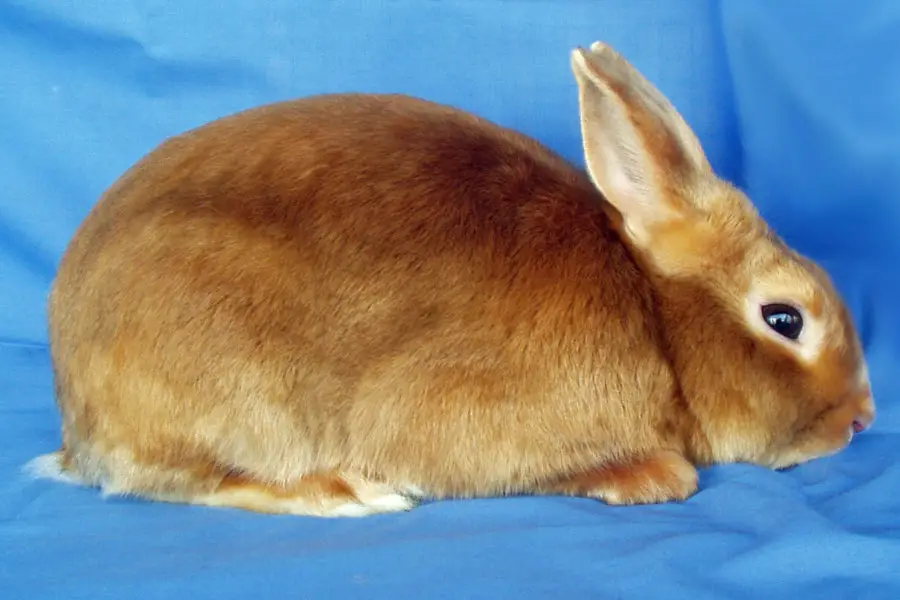Basic Appearance:
Mini satins are small, compact rabbits. True to their name, they resemble tiny satins. Like their larger counterparts, mini satins have very shiny fur. This is because each hair shaft has a small diameter and is full of little air bubbles. This catches the light and gives them a high sheen. Not only do mini satins have lustrous coats, but their fur is very thick and silky. These little rabbits are sure to continue growing in popularity.
History, Temperament, and Common Uses:
The satin gene first showed up in the state of Indiana, and the standard-sized satin was first recognized in the U.S. in 1956. These rabbits grew quite popular, and in the 1970’s breeders began working on creating a small satin breed. Ariel Hayes of Troy, Michigan first started out to breed a small satin. Creating a new breed is very difficult and time consuming. It eventually took over half a dozen breeders and about 30 years before the mini satins were recognized by the American Rabbit Breeders Association in 2005. The breeder who finally saw the mini satins through was Judge J. Leo Collins. This breed has very good quality type. Surprisingly in 2007, just two years after being accepted, a white mini satin won Best in Show at the ARBA Convention.
Breeders are working on improving the temperaments of mini satins. Though some lines are still snippy, these rabbits can be calm and friendly. It is a good idea to find out about the temperaments of a breeder’s rabbits before making a purchase.
With their small size and improving personality, this breed can be a good choice for children. Mini satins are most popular as show rabbits, with their eye-catching coats and soft fur. Mini satins can also make nice pets if you find a good breeder.
Grooming, Care, and Additional Notes:
Like other rabbits with short fur, mini satins do not need much grooming. Simply giving them a quick going over with a soft brush or damp cloth will remove dead hairs and keep your rabbit looking nice. During a molt they will need more frequent grooming.
Rabbits need their claws clipped every month or so. As with all rabbits, your mini satin will not need bathing. Simply spot clean any areas that may need it.
Mini Satin At A Glance…
Recognized Varieties:
Black, chinchilla, chocolate, opal, otter (black, blue, chocolate, lilac), red, Siamese, and white.
ARBA Body Type:
Compact
Approximate Size:
3 1/4 to 4 3/4 pounds
Important Things to Look for When Buying Show Stock:
Mini satins should be small, compact rabbits. They should have good width of shoulders, midsection, and hindquarters. The depth of body should equal width throughout the whole rabbit. Look for a topline that rises smoothly from the base of the ears to the highest point over the hips, then rounds down in a nice curve to the tail.
Ideally the head should be round, full, and set on a short neck. The ears should be erect, short, thick, and well covered with fur.
Look for satin fur that feels fine, silky, and very dense. The soft, thick undercoat should be protected with guard hairs that have a good sheen. The guard hairs should give good resistance to the coat, so that when it is stroked from tail to head the fur will return to its normal position and lie smoothly. The coat should be uniform in length, and have a glossy, lustrous sheen. This sheen should be the result of a glass-like shell of each hair, giving it a light reflecting quality.
Things to Avoid:
Mini satins that are not compact and close coupled, topline that does not peak over the hips. Ears over 3 1/2 inches are a disqualification. Fur lacking a glossy sheen will be disqualified.

